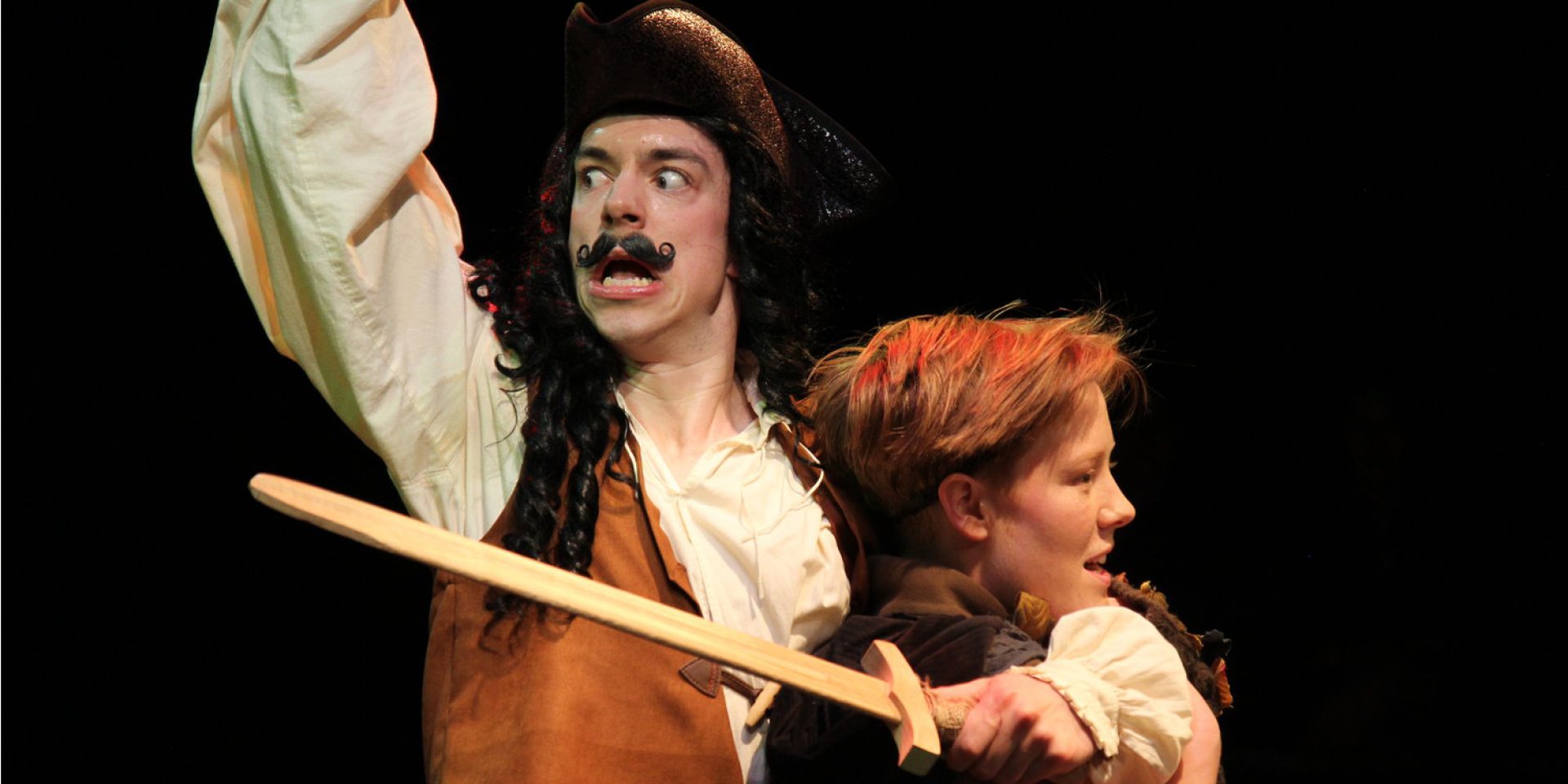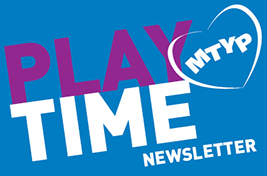
Rethinking Neverland
Toronto’s Bad Hats Theatre are an exciting new theatre company whose production of Peter Pan took the theatre world by storm. This fall, Bad Hats head west, first to Winnipeg and then to Vancouver, where their Peter Pan will fly for the first time outside of Ontario. We caught up with director and performer Fiona Sauder, and asked her a few questions about the production.
Q Tell us about the creation of Peter Pan. How did the process go and what did you discover along the way?
A This piece was first devised by a collective of artists in 2016. The first production was performed at The Old Flame Brewery in Port Perry Ontario, produced at that time by the show’s composer, Landon Doak. The following year, Bad Hats took the production under it’s wing and produced our first Brewery Tour which saw the production travelling to five local breweries across Toronto. Since then, our adaptation has played across Ontario, found a holiday home at Soulpepper Theatre, and is now being licensed across Canada.
This piece, through and through, has been created by the artists both within the cast and on the creative team. It’s such a delightful and unique aspect of working on this show that our development process has truly reflected the themes of the piece itself, which are centred around the power of imagination and play. So much of what the audience sees are inventions and discoveries that have come out of each rehearsal period, and each has been different. One of the joys of working on the same piece for this long is that we are constantly learning, and those lessons have manifested in different ways over the years; songs have been re-written, instrumentation has been altered, text has been added and subtracted and so on. Some things, the key conventions, have always been constant, however. We’ve never used fly lines, Tinkerbell has always been a tennis ball, and the set has always been a couple trunks, some swords, and a sheet. As the show grows, we grow alongside it and the goal is always the same: to have as much fun as we possibly can and to implicate our audiences in that fun as much as possible.
Q Bad Hats version of Peter Pan celebrates joy and playfulness. Was this deliberate or how did this come about? Why do you think it’s important?
A The playfulness of this show was certainly deliberate, but also unavoidable. The project was born in a room of very familiar and very goofy friends, all working, initially, for minimal pay. If we weren’t going to have an uproariously good time, it wasn’t going to be worth it, so we got down to the business of making each other laugh straight away, and that energy has carried on to become a cornerstone of our take on Neverland. The minimalism in the design was also born out of that initially minuscule budget, and this later became the backbone of what the piece is about. Incorporating so few technical elements meant that the show relied upon the performers’ dexterity and physical invention to make the piece come to life.
As the show developed, we maintained and made further use of this aspect, as it brought to the forefront a key lesson from the story: you have to believe. To fly, to bring fairies to life, to fight pirates, and to find your way home, you have to believe. Inspired by this notion, we’ve come to frame the whole production as a demand to our audiences that they believe along with us. Instead of showing them every literal element of the play, we use mime, gesture, song and sound to generate clarity in the storytelling, but leave ample room for audiences to fill in the empty spaces, and they always do.
Though it’s certainly a point of focus, our goal in developing work for young audiences isn’t simply to educate young people, but rather to remind the older generations of wisdom from their youth that they may have forgotten. This intention is directly reflected in what is possibly the biggest liberty we’ve taken in our version the story, which begins with an older man alone in his study, having grown up and forgotten the joys his youth. The play follows him as he’s pulled back to Neverland and reminded that growing up is by no means an end of our ability to imagine, play, and invent stories. Our adaptation not only celebrates playfulness, but uses it to reframe the story as a cautionary tale, proposing that the willingness to play that lives in our youth is something we must maintain throughout our lives.
Q While a beloved story, Peter Pan isn’t always in line with contemporary ideas and values. How did you approach this?
A Honestly, we just hacked away at all the parts that felt dated. Namely the racism, sexism and classism. They lifted out quite easily! If only this could be the case in society, eh?
Reanne and I also worked over the years at elevating certain parts of the narrative that we felt needed better representation. Most notably, we wanted to make sure that Wendy Darling was a strong representation of female strength and imagination. We wanted her to be someone who could fight her own battles and defend herself against the dangers of the world. We were keen on making sure Peter was just as enamoured by her as she was by him, for more substantial reasons than simply that she was a girl, fascinating as this is to him. We wanted to make strong storytelling the most valuable currency in Neverland, and made sure this was something the character of Wendy had in droves.
Q Bad Hats is in the middle of developing a new work right now. What did you learn from the process during Peter Pan that is helping you with this? And what are you finding is different this time around?
A We’ve learned a lot about patience, style and clarity. It’s incredibly informative to be performing something that remains forever in process. Each rehearsal period has felt more like a development period because we’ve always been adjusting to new things (new venues, new company members, new instrumentation, and newfound wisdom found in reflective periods between productions). Peter Pan was always a magical story but the dissection of what made it important and why it should happen took place over several years. We’ve learned that learning happens in process. Peter Pan has remained in process since it’s first production so, moving forward, we’re giving ourselves more permission to develop ideas over time and invite audiences into our process in stages. We’ve really learned the value of time away from the work. Some of your best thoughts on your art happen when you’re not meaning to think about it at all, and you have to create the space for that thinking. Our time with Peter Pan, has also allowed us to develop and refine our unique style of storytelling. This ensemble-driven, physically inventive style of musical theatre is something our audiences can look forward to seeing in all of our work.

